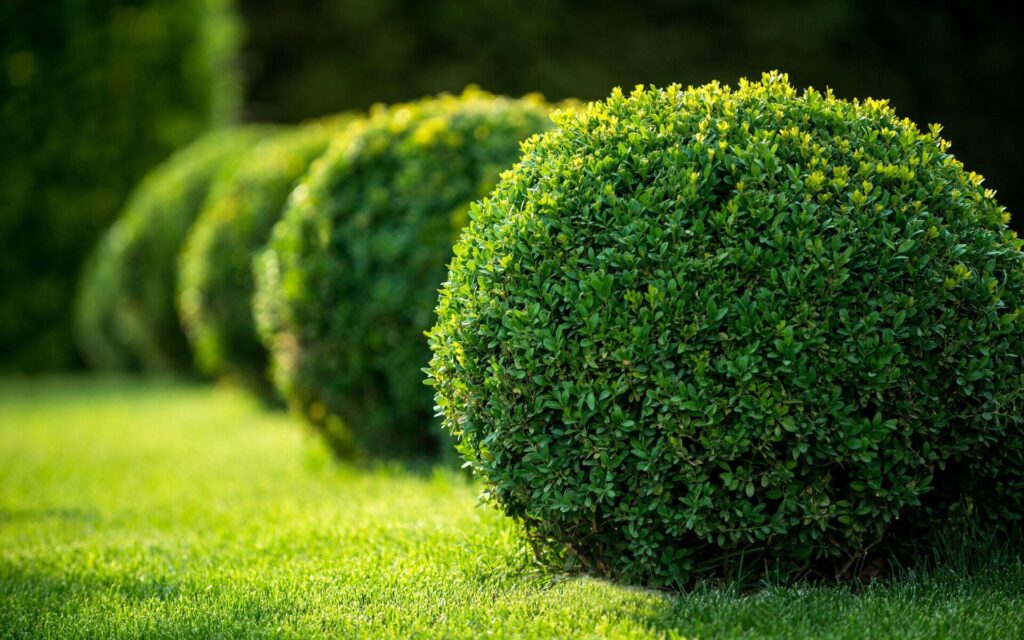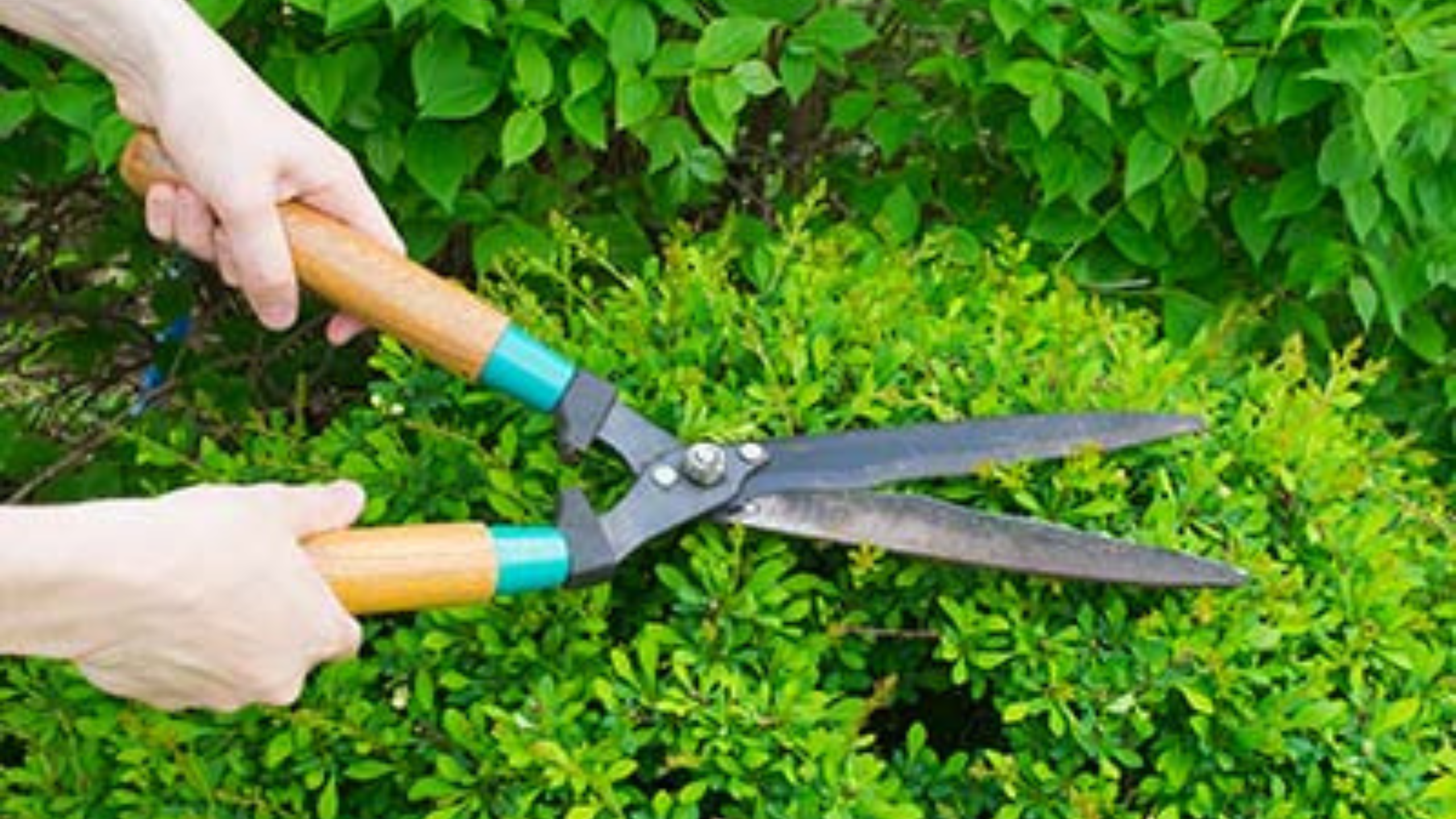Pruning is more than just a seasonal chore—it’s a vital part of plant care that can significantly boost the health, appearance, and productivity of your garden. Whether you’re shaping ornamental shrubs or encouraging more blooms and fruit on trees, understanding when and how to prune is essential for success.
In this guide, we’ll walk you through the best times to prune, the proper tools to use, and practical techniques that will keep your trees and shrubs in top shape.
Why Pruning Matters
Pruning isn’t just about aesthetics—it plays a key role in:
Stimulating healthy growth
Encouraging flowers and fruit
Improving air circulation
Controlling shape and size
Removing diseased or damaged wood
When done correctly, pruning helps plants focus their energy on strong, healthy development rather than supporting weak or unnecessary growth.
Best Times to Prune: Season by Season
Knowing when to prune is just as important as knowing how. The right timing ensures that your plants recover quickly and continue to grow vigorously.
Spring Pruning
For most deciduous trees and shrubs, early spring—just before new growth appears—is the best time to prune. This timing helps the plant heal quickly and direct energy toward strong shoots and flower development.

Spring is especially ideal for:
Fruit trees (like apple or pear)
Roses
Summer-blooming shrubs (such as butterfly bush or hydrangea paniculata)
Summer Pruning
Some shrubs and trees benefit from light pruning in summer, especially after they’ve finished flowering. Summer pruning is helpful for:
Shaping overgrown plants
Removing water sprouts or suckers
Encouraging stronger flower production next year in spring-blooming shrubs (like lilac or forsythia)
Fall Pruning
Fall pruning should generally be avoided unless necessary. Cutting plants back in fall can stimulate new growth that may not survive winter temperatures. However, it’s acceptable to:
Remove dead, diseased, or damaged wood
Eliminate branches that pose safety risks or touch structures
Winter Pruning
Late winter, before buds swell, is also a great time to prune many trees and shrubs. It’s easier to see the branch structure without leaves, and you won’t interfere with active growth.
How to Prune Effectively
Pruning correctly helps your plants recover faster and look their best. Here are some tips to guide you through the process:
Choose the Right Tools
Using clean, sharp tools prevents plant damage and reduces the risk of spreading disease. Depending on the plant type and branch size, consider:
Bypass pruners for clean, precise cuts on small stems
Loppers for thicker branches
Pruning saws for larger limbs
Pole pruners for hard-to-reach branches
Always sanitize tools between uses, especially if you’re cutting diseased wood.
Master the Cutting Technique
Cut just above a bud that faces outward. This encourages new growth away from the plant’s center.
Angle your cut slightly away from the bud to prevent water from sitting on the wound.
Remove deadwood by cutting back to the nearest healthy branch or trunk.
Thin out crowded areas to let sunlight and air penetrate the canopy.
Focus on Plant Health and Shape
Don’t over-prune! Remove no more than 25% of the plant’s canopy in a single season. Over-pruning can stress the plant and lead to weak regrowth.
Look for branches that:
Cross over or rub against each other
Grow inward toward the center
Block sunlight or airflow
Remove these selectively to maintain a balanced, open structure.
Bonus Tips for Pruning Success
Know your plant: Some species bloom on old wood (last year’s growth), while others bloom on new wood. Prune accordingly to avoid cutting off future flowers.
Watch the weather: Prune during dry weather to reduce the risk of fungal infection.
Mulch afterward: Applying mulch after pruning helps conserve moisture and protects the roots.
Final Thoughts: Make Pruning a Habit, Not a Hassle
When approached thoughtfully, pruning can transform your garden—boosting bloom production, enhancing structure, and keeping plants healthy all year long. By learning the right techniques and timing, you’re not just cutting branches—you’re cultivating beauty, strength, and vitality.
So grab your tools, take a closer look at your garden, and start pruning with purpose.


buy amoxil cheap – https://combamoxi.com/ order amoxicillin pills
diflucan online order – https://gpdifluca.com/# order fluconazole 200mg for sale
buy cenforce cheap – site buy cenforce online cheap
which is better cialis or levitra – cialis without a doctor prescription canada cialis is for daily use
cialis for sale toronto – strong tadafl is tadalafil the same as cialis
zantac tablet – https://aranitidine.com/ where to buy zantac without a prescription
50mg viagra cost – click viagra and cialis for sale
The vividness in this serving is exceptional. sitio web
This website really has all of the low-down and facts I needed there this case and didn’t know who to ask. https://buyfastonl.com/
More articles like this would frame the blogosphere richer. https://prohnrg.com/product/orlistat-pills-di/
This is the compassionate of literature I positively appreciate. site
The sagacity in this ruined is exceptional. https://ondactone.com/product/domperidone/
This is a topic which is in to my heart… Diverse thanks! Unerringly where can I find the phone details for questions?
https://doxycyclinege.com/pro/metoclopramide/
This is the kind of literature I in fact appreciate. http://bbs.51pinzhi.cn/home.php?mod=space&uid=7053893
purchase forxiga generic – https://janozin.com/ forxiga 10 mg pill
buy orlistat cheap – order orlistat buy orlistat generic
More posts like this would create the online elbow-room more useful. https://sportavesti.ru/forums/users/jqhxt-2/
You can protect yourself and your dearest nearby being wary when buying prescription online. Some pharmaceutics websites control legally and sell convenience, privacy, cost savings and safeguards over the extent of purchasing medicines. buy in TerbinaPharmacy https://terbinafines.com/product/kamagra.html kamagra
With thanks. Loads of knowledge! TerbinaPharmacy
Thanks on putting this up. It’s okay done.
https://t.me/site_official_1win/49
https://t.me/officials_pokerdom/3515
https://t.me/s/RejtingTopKazino